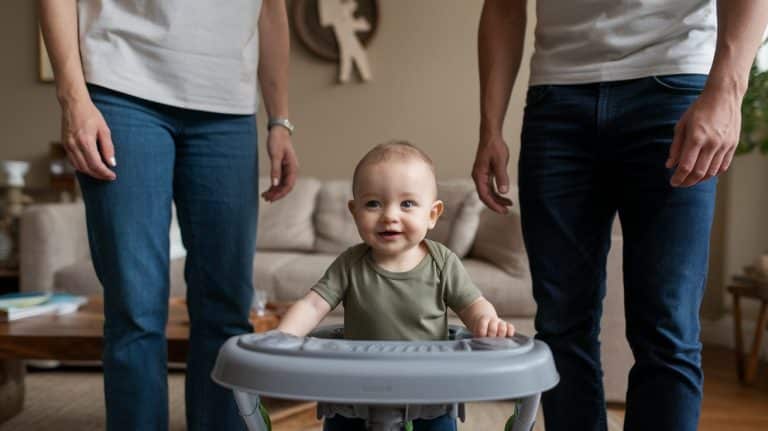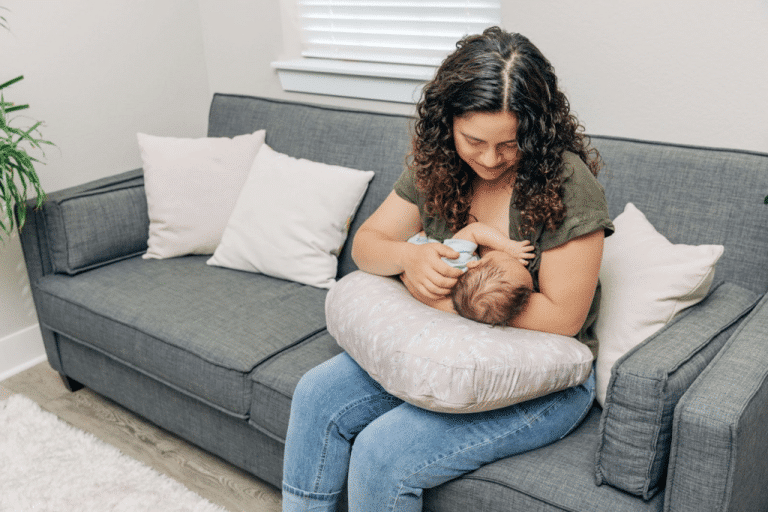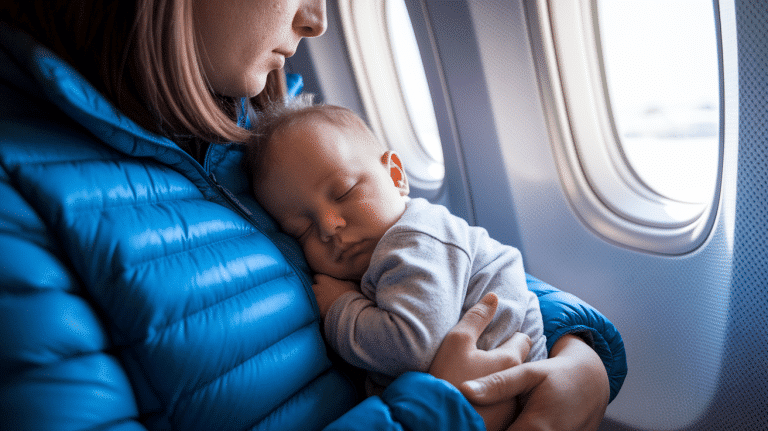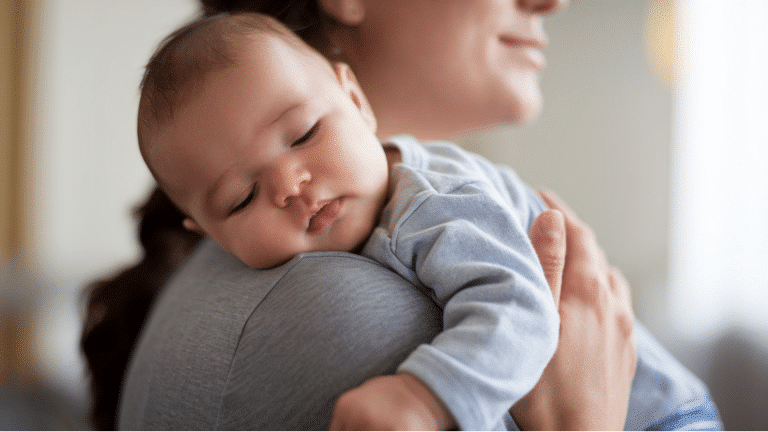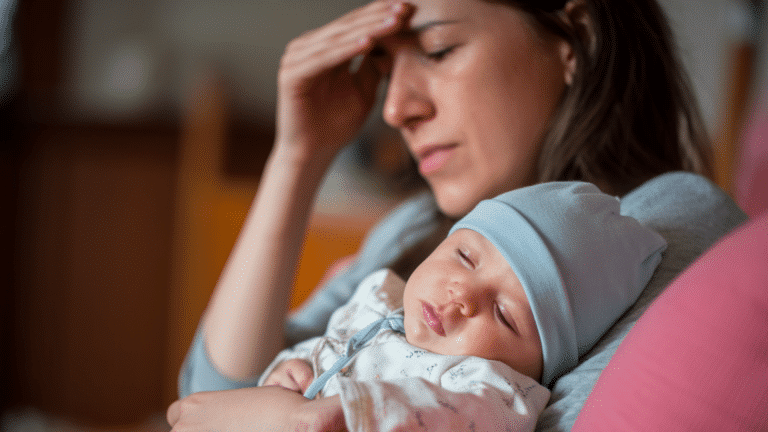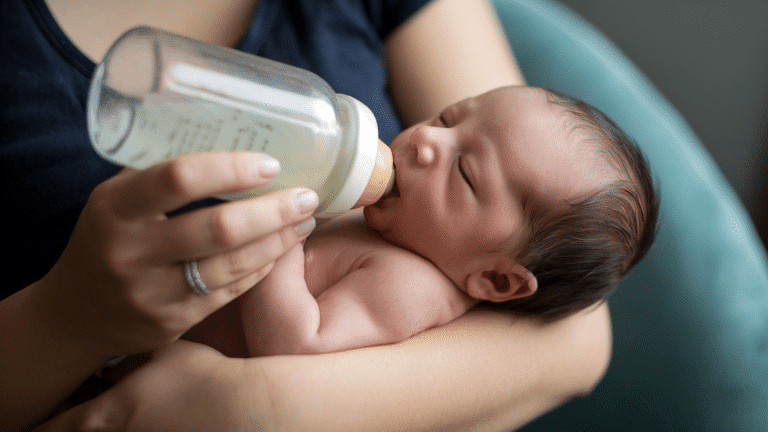They roll, they light up, and babies love them, but are baby walkers really a step in the right direction?
Baby walkers promise fun, freedom, and a way to keep little ones entertained while encouraging movement. But behind the bright colors and spinning toys lies a big question for parents: Are they safe, and when is the right time to use one?
Pediatricians and safety experts have voiced serious concerns about walkers, from delayed development to real safety risks inside the home.
This guide breaks down the facts, from recommended ages and developmental timing to real alternatives and smart safety tips, so you can make the best choice for your baby’s health and milestones.
What is a Baby Walker?
A baby walker is a wheeled frame with a padded seat that lets infants move around before they can walk on their own. It has a sturdy base with wheels and a suspended seat with leg holes, letting babies push with their feet to move.
Parents often use walkers to keep babies busy, give them some independence, and help them get familiar with standing and moving.
These devices typically include attached toys and feeding trays.
However, many health experts recommend against using walkers because they can slow natural walking development and pose safety risks. If you choose to use one, always check safety guidelines and supervision requirements.
Quick Answer: The Ideal Age for a Baby Walker
Babies can try using a walker when they’re about 6 months old, but only if they can sit without help and keep their heads steady.
Some babies might need more time – they may be 8 or 9 months old before they’re strong enough. Remember that each baby grows and develops at their own speed, so there’s no need to rush.
Why Does the Right Age Matter for a Baby?
The right age matters for baby walkers for several important safety and developmental reasons:
Safety concerns:
- Using a walker too early can put strain on developing leg muscles and joints
- Babies who aren’t physically ready may tip over or fall
- Younger babies have slower reflexes to protect themselves
- The risk of injury increases when babies can’t control their movements well
Developmental timing:
- Starting too early might affect natural crawling patterns
- It can interfere with learning proper balance and coordination
- Babies need floor time to build core strength first
- Natural movement milestones should come before walker use
What are the Pros of Using a Walker at the Right Age?
A baby walker, when used at the right age with supervision, provides entertainment and encourages leg muscle activity.
It offers a safe space for play, helps babies explore their surroundings, and allows parents a brief hands-free moment while keeping their little one engaged.
Key benefits include:
- Offers entertainment through attached toys and activities
- Encourages leg movement and muscle use
- Creates a contained, supervised play space
- Helps babies practice the standing position
- Allows babies to follow family members and feel involved
- Provides a safe space during quick parent tasks
Remember: These benefits only apply with proper supervision and limited usage time.
What are the Dangers of Baby Walkers: What Parents Need to Know
Parents want to help their babies learn to walk, but baby walkers can put children at serious risk. Medical experts and safety organizations have identified several key problems with these devices.
Safety Concerns and Development Impact of Baby Walkers
- Falls cause serious head injuries, especially on stairs.
- Babies can reach hot surfaces and items like drinks, stoves, and radiators that were previously inaccessible.
- Natural crawling development gets reduced, impacting crucial muscle strength building.
- Independent walking skills might progress more slowly due to device dependence.
- Quick room-to-room movement gives access to dangerous items like electrical cords and outlets.
- Increased risk of finding and grabbing small objects that pose choking hazards
- Babies can pull down tablecloths, causing hot foods or heavy items to fall
- Babies spend less time developing natural movement patterns and muscle coordination
Alternatives to Baby Walkers for Early Development?
-
Stationary Activity Centers: These provide a safe and engaging way for babies to play while staying in one place. Built-in toys and activities help develop fine motor skills and hand-eye coordination without the risks of unrestricted movement.
-
Push-Behind Toys: Ideal for babies who are beginning to take their first steps, these toys offer the right amount of support while promoting proper posture and natural walking motions.
-
Play Yards and Play Mats: Creating a safe, designated space allows babies to roll, scoot, and crawl freely without encountering household hazards. These areas encourage independent movement and exploration.
-
Floor Time Activities: Supervised tummy time and play sessions with strategically placed toys help strengthen muscles, improve coordination, and encourage natural movement.
These alternatives allowed my baby to build strength and coordination at their own pace while staying safe. The best part? Watching them master each new skill without feeling rushed.
Safety Precautions for Baby Walker Use
- Supervise at All Times – Stay within arm’s reach and never leave your baby unattended, even for a few seconds. Avoid distractions like phones.
- Secure Your Home – Install gates at stairways, block bathroom access, lock dangerous areas, and use cabinet safety locks.
- Eliminate Hazards – Remove small objects, secure cords, move sharp-edged furniture, and keep hot food or drinks out of reach.
- Ensure Stability – Check walker wheels, brakes, and safety features daily. Ensure the base is wide and the seat padding is secure.
- Limit Use – Keep sessions short (15-20 minutes), alternate with other activities, and stop if your baby seems tired or fussy.
Conclusion: Safe Steps for Your Baby’s Development
Making the right choice about when to start using a baby walker is essential for your child’s safety and development.
The key is to pay attention to your baby’s physical abilities – from head control to sitting skills – rather than focusing solely on age. This careful observation helps prevent accidents and supports healthy physical development.
Remember that each baby grows differently, and rushing into walker use before your child is ready could affect their natural movement patterns.
As a parent, you play a vital role in making these important decisions for your baby’s well-being. Why not take time today to assess your baby’s readiness signs?
If you’re still unsure, consult with your pediatrician for personalized guidance.
Frequently Asked Questions (FAQs)
Why is a Baby Walker Not Recommended?
Children in walkers can get their fingers caught, pull things down on themselves, or grab dangerous things (such as sharp objects or hot liquids) that would otherwise be out of their reach.
What is Container Baby Syndrome?
Container Baby Syndrome refers to a set of physical and developmental concerns that can occur when babies spend too much time in restrictive equipment.
Do Baby Walkers Delay Walking?
Yes, baby walkers can delay walking by preventing babies from practicing key skills like crawling, standing, and balancing, which are essential for building coordination and walking independently.

